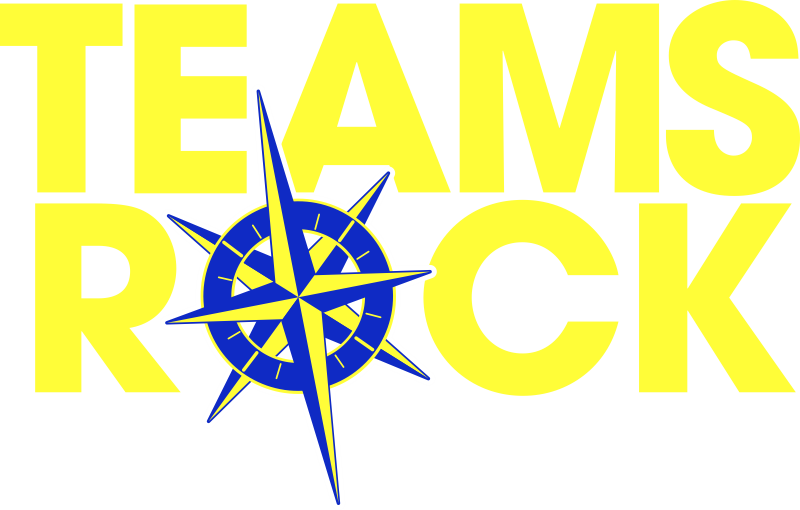How many times have you felt that your communication was clear when communicating something to a team member or the entire team, only to find that you were misunderstood? And how often have you heard what a colleague said, thought you understood their meaning, and later discovered that you didn’t quite hear it right?
 It happens all the time. A childhood game was built around the phenomenon: “Pass It Along,” also called “The Telephone Game,” where a sentence is whispered into the ear of the person sitting to the left, and they whisper it into the ear of the person to their left, until the last player whispers that sentence into the ear of the person who uttered the original sentence. Without fail, the sentence is very different from the original!
It happens all the time. A childhood game was built around the phenomenon: “Pass It Along,” also called “The Telephone Game,” where a sentence is whispered into the ear of the person sitting to the left, and they whisper it into the ear of the person to their left, until the last player whispers that sentence into the ear of the person who uttered the original sentence. Without fail, the sentence is very different from the original!
How do you prevent the Telephone Game from hampering a team’s productivity? There is a way, and it starts with four letters:
E – Encode
T – Transmit
R – Receive
D – Decode
People with a military or first responder background, or ham radio enthusiasts, are familiar with the “transmit-receive” component that is the basis for radio communications. One person transmits a message, another person receives the message.
How do Encode and Decode fit into the ETRD scenario? And how does radio communication jive with person-to-person communication?
In military communication, a message may be encoded (or in classified communications today, encrypted) before it is sent, and then decoded (or decrypted) by the person or unit that receives the message. The recipients, of course, need to have a cipher or guide, so they can properly decode it.
In team communication, where conversations normally happen face to face or via email or IM, “encoding” is the way that the person speaking builds the message – how he or she phrases a statement to “transmit” to the recipient. “Decoding” is the ability of the recipient to understand the statement or email as it was intended by the person transmitting it.
Successful communication occurs when the encoded message and the decoded message match exactly.
What are the ciphers that make sure the messages match? We’ve all got them: The ability to listen, to repeat, and to rephrase. These allow the speaker and recipient to clarify the message so that both sides understand exactly what is being communicated.
For example:
Fred tells John, “Expense reports need to be submitted to me by 4:00, no later than 4:15.”
John gets clarification by repeating the statement back to Fred: “What I heard you say is that you’d like the expense reports submitted to you by 4:00, and they’ll still be considered on time until 4:15. Is that correct?”
That gives Fred the opportunity to either affirm or to further clarify his original statement.
What John is using is a technique known as reflective listening – repeating Fred’s instruction back to Fred just as he heard it and making sure that what he heard is correct.
Another technique is to write down a statement, which is very helpful to remember things clearly, and then repeat it back to the speaker to make sure that it is accurate.
Clear communication includes noting and celebrating accomplishments. In my last post, I talked about the importance of writing down a team’s accomplishments as soon as they occur. Accomplishments are almost always the result of clear communication. Normally – and in my book, One Team One Dream, I remind people to write down accomplishments after explaining how to successfully communicate with each other. This time, I wanted to serve dessert first, so to speak – to bring to the forefront the positive boost to a team that comes from achievement.
Remember the acronym ETRD when communicating with your team. Use reflective listening to clarify important information. And celebrate your achievements together.
 Excerpted from One Team, One Dream by Gregg Gregory
Excerpted from One Team, One Dream by Gregg Gregory
For more information, get your copy of Gregg’s book, One Team, One Dream today! Available in both print and electronic versions!
Bring Gregg to you!
Featured team development seminar – Synchronize Your Team


Leave A Comment